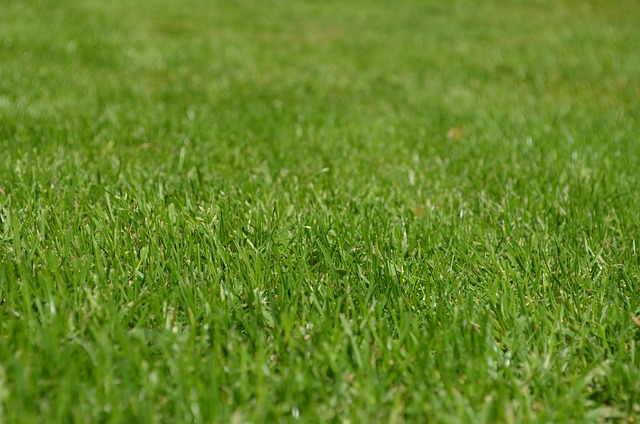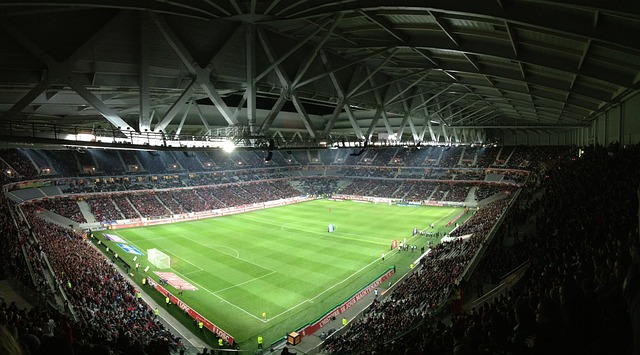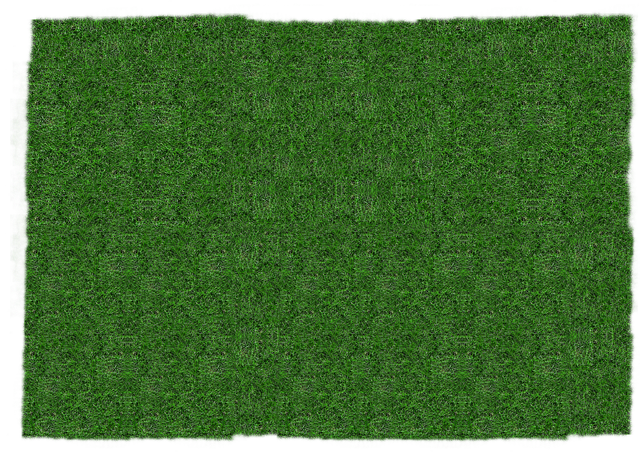Before starting any Lawn Care and Landscaping project, assess your unique outdoor space's size, layout, sunlight exposure, and existing vegetation. Define your goals – whether a low-maintenance yard, vibrant garden, or functional outdoor living area – to match your lifestyle. This informed approach ensures your landscaping extends your home’s beauty and functionality while promoting sustainable practices by utilizing natural features and tailoring designs to your specific needs.
“Transform your outdoor space into a lush, functional oasis with our comprehensive guide to landscaping design and implementation. From initial assessment to final touchups, this article walks you through every step. First, discover how to assess your unique property needs and set goals that reflect your aesthetic vision and practical requirements. Next, explore creative design strategies for crafting your dream landscape, incorporating hardscape elements, softscapes, water features, and lighting. Finally, learn the ins and outs of project execution, from site preparation and installation to planting and ongoing maintenance, ensuring a thriving lawn and landscape.”
- Assessing Your Landscaping Needs and Goals
- – Understanding your property and its unique features
- – Defining aesthetic preferences and functional requirements
Assessing Your Landscaping Needs and Goals

Before diving into any lawn care and landscaping project, it’s crucial to assess your specific needs and goals. Start by evaluating the size and layout of your outdoor space. Consider factors like sunlight exposure, shading areas, and existing vegetation—these will guide your design choices and plant selections. Determine whether you aim for a low-maintenance yard, a vibrant floral display, or a functional outdoor living area.
Think about your lifestyle and how you intend to use the space. Do you envision quiet evenings on a patio, entertaining guests in a lush garden, or playing with children in a safe, green environment? This will help tailor the design to meet your desires, ensuring that your landscaping project becomes an extension of your home’s beauty and functionality.
– Understanding your property and its unique features

Before diving into any landscaping design, it’s crucial to understand your property’s unique features. This includes assessing the layout of your yard, taking note of existing vegetation and structures, and considering the microclimates within your space. For instance, shaded areas might be perfect for lush greenery that thrives in partial shade, while sunny spots can accommodate sun-loving flowers and shrubs. Understanding these dynamics allows for a tailored approach to lawn care and landscaping, ensuring that each element complements and enhances your property’s natural beauty.
Identifying and leveraging these unique aspects not only contributes to an aesthetically pleasing landscape but also supports sustainable gardening practices. By working with what you have, from the soil composition to the existing water sources, you can create a low-maintenance outdoor space that is both beautiful and eco-friendly. This foundational step ensures that your landscaping design not only stands out but also lasts for years to come, requiring minimal upkeep and promoting a healthier environment.
– Defining aesthetic preferences and functional requirements

Defining your aesthetic vision is a crucial step in landscaping design, as it sets the tone for the entire project. It involves understanding and prioritizing personal tastes while considering the overall style that aligns with your outdoor space. For instance, some may prefer a lush, green Lawn Care paradise with carefully manicured landscapes, while others might lean towards a more natural, organic look, incorporating native plants and rock features. This stage also includes functional requirements; perhaps you envision a patio area for entertaining guests or a garden dedicated to growing herbs and vegetables.
Functional considerations are equally vital in landscaping implementation. This involves planning how the space will be used and designing according to those needs. For example, creating paths that wind through flower beds not only enhances aesthetics but also ensures easy navigation across the lawn care area. Integrating functional elements seamlessly with the overall design creates a harmonious outdoor environment that satisfies both visual appeal and practical needs.
In the realm of lawn care and landscaping, understanding your property’s unique features and defining aesthetic preferences are essential steps. By combining these with functional requirements, you can create a harmonious outdoor space that enhances your living environment. Effective landscaping design not only beautifies your property but also contributes to its overall value, ensuring a satisfying and sustainable investment for years to come.














